Menu
Once you’ve decided what you need your CCTV system to do for you, the next step would be to choose your cameras. Before we get into the technicalities of choosing your camera, we’ve created an extensive list of the types of CCTV cameras we most commonly use in the industry. Again, it is all about what you need your equipment to do for you. The list breaks down the need-to-know details of each camera as well as who would benefit from using the camera. Most CCTV solutions would combine a few of the below.
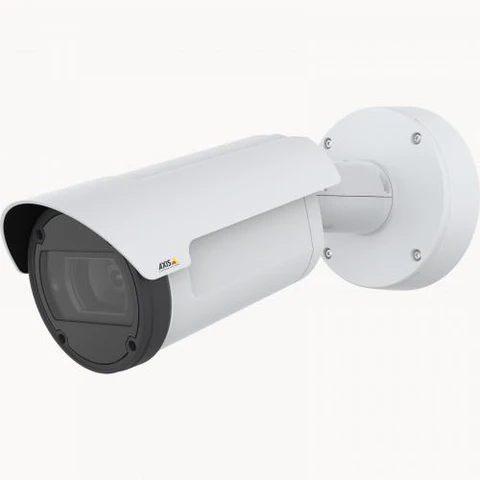
These cameras are designed for capturing the visuals of a specific area, fixed to a specific place, and work better as home security cameras. They are small video cameras which are usually 5 to 7,5 cm long and cylindrical, and the name comes from the fact that they may resemble bullets. They usually have a fixed focal length. Bullet cameras are usually easier to install and reposition compared to dome cameras. They are further classified into Ultra Bullet cameras, generally distinguished by their smaller size and cheaper price.
Is this camera for you?
Bullet cameras can be used to good effect in a range of industries such as manufacturing, property management and farming. They not only record good quality pictures but also send out a message to passers-by that your premises is under surveillance. That’s why they have traditionally offered the best CCTV for outside operation.
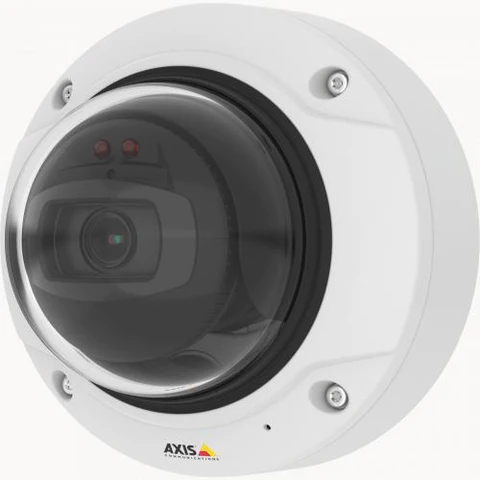
These are small video cameras meant for indoor installation that get their name by their circular, dome shape. They are usually hung from a ceiling. One of the main benefits of a dome camera is that the dome can make it difficult to determine where the camera is pointing. They also usually have a fixed focal length.
Is this camera for you?
This is the best type of CCTV camera for shops, restaurants, casinos and hotels because the design allows you to monitor a wider angle at your premises. Many also consider this option to be the best indoor CCTV camera as it can be placed on a strategic point of the ceiling to cover all angles of the room.
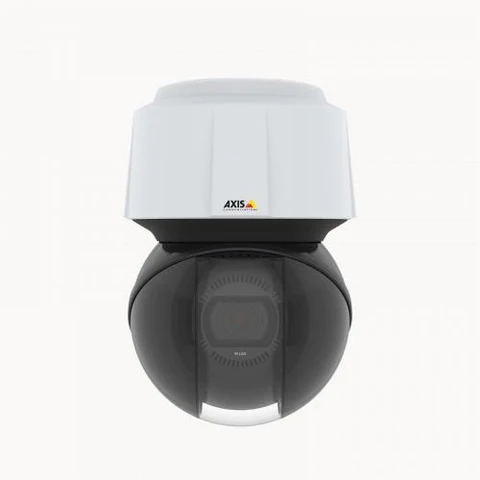
These are cameras which have a pan, tilt, and zoom functionality which means that an operator can move the camera around and zoom in and out to focus in on an area that they want to monitor. These types of cameras are usually used when the cameras are monitored by security personnel.
Is this camera for you?
This is the best CCTV camera for remote viewing. It is really popular in large retail environments and is regarded as the best CCTV for business premises that have a specific valuable object to protect. For example, a museum could program the camera to pan to a particular entry or exit point when it detects movement. So even when it is not being controlled remotely, the camera can cover a much larger area and do the same job of several static cameras.
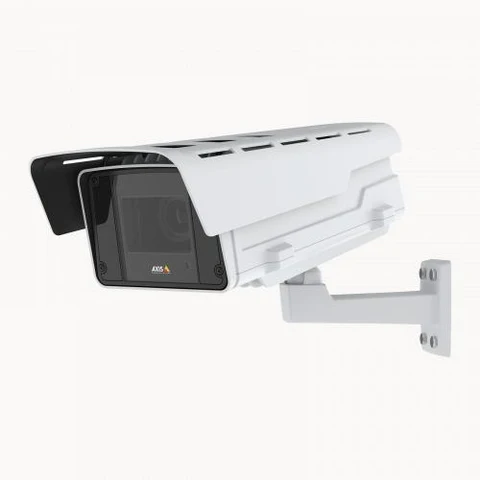
These cameras are slightly more advanced than others. The C-mount cameras come with a detachable lens, which allows users to change it to fit their needs. For instance, the standard CCTV camera lenses can only cover distances between 35 and 40 feet. With C-mount cameras one can use special lenses, which can cover distances beyond 40 feet.
Is this camera for you?
This is the ideal camera for observing a stretch of road on the approach to your premises. It is therefore popular in the utilities and logistics industries. Those operating in the food and manufacturing industries may also elect for this option, due to the camera’s reliability in extreme temperatures.
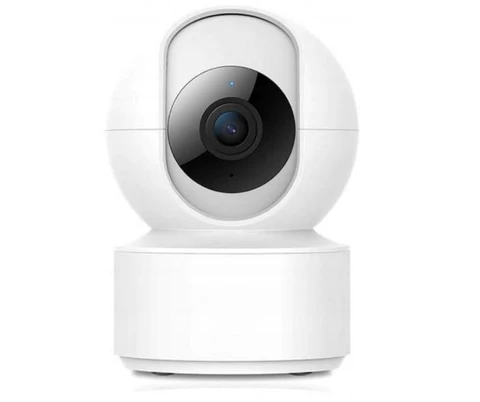
These cameras may or may not be connected to the internet. Not all wireless CCTV cameras are IP-based. Some wireless cameras can use alternative modes of wireless transmission. But no matter what the transmission method is, the primary benefit to these units is still the same: extreme flexibility in installation.
Is this camera for you?
If a spotless presentation is important in your industry, wireless CCTV cameras are a great security option. Their discreet appearance helps them to blend into the interior. What’s more, there is less set up and camera maintenance required, and footage is transferred via the internet for convenient access.
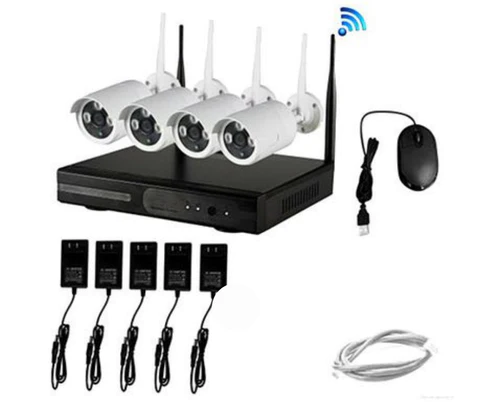
These cameras share live footage across the internet so images can be easily accessed from anywhere on the globe. The bandwidth of the video is compressed, in order to make the online feed reliable. Archive footage is stored on network video recorders (NVRs) or on secure software for later access.
Is this camera for you?
A network or IP CCTV camera is the ideal choice for business owners who are often away from site and on the move. Footage can be viewed from anywhere in the world, via a PC, laptop or mobile phone.
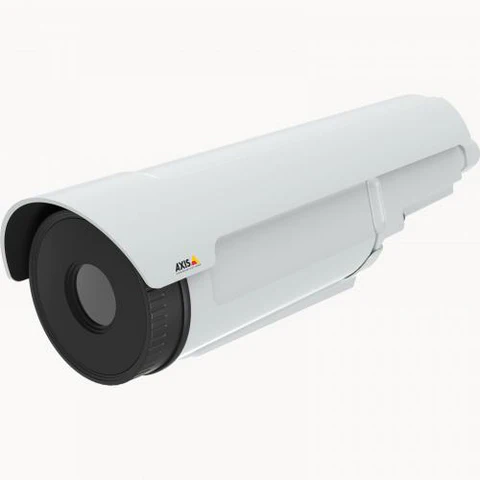
A thermal imaging camera is a type of thermographic camera initially used in firefighting. By rendering infrared radiation as visible light, they allow us to see areas of heat through darkness. They are constructed using heat- and water-resistant housings. Thermal imaging eliminates the cover of darkness, offering 24/7 intrusion detection along perimeters and throughout facilities. The unmistakable contrast of body heat within a thermal image lets operators quickly locate and resolve unwelcome threats.
Is this camera for you?
These work by transforming video signals into waves that can be received and processed by compatible technology. These are television, VCRs, or other types of monitors. Analog cameras can transmit signals wirelessly or through a wired connection.
Pros
Cons
Create a digitized version of video signals. It uses a special encoder that contains a built-in web server, letting it act as a network device. This makes these cameras viewable through existing networks, web browsers, and even through the internet.
Pros
Cons
Feeling overwhelmed by all the options? Message us on WhatsApp for guidance.